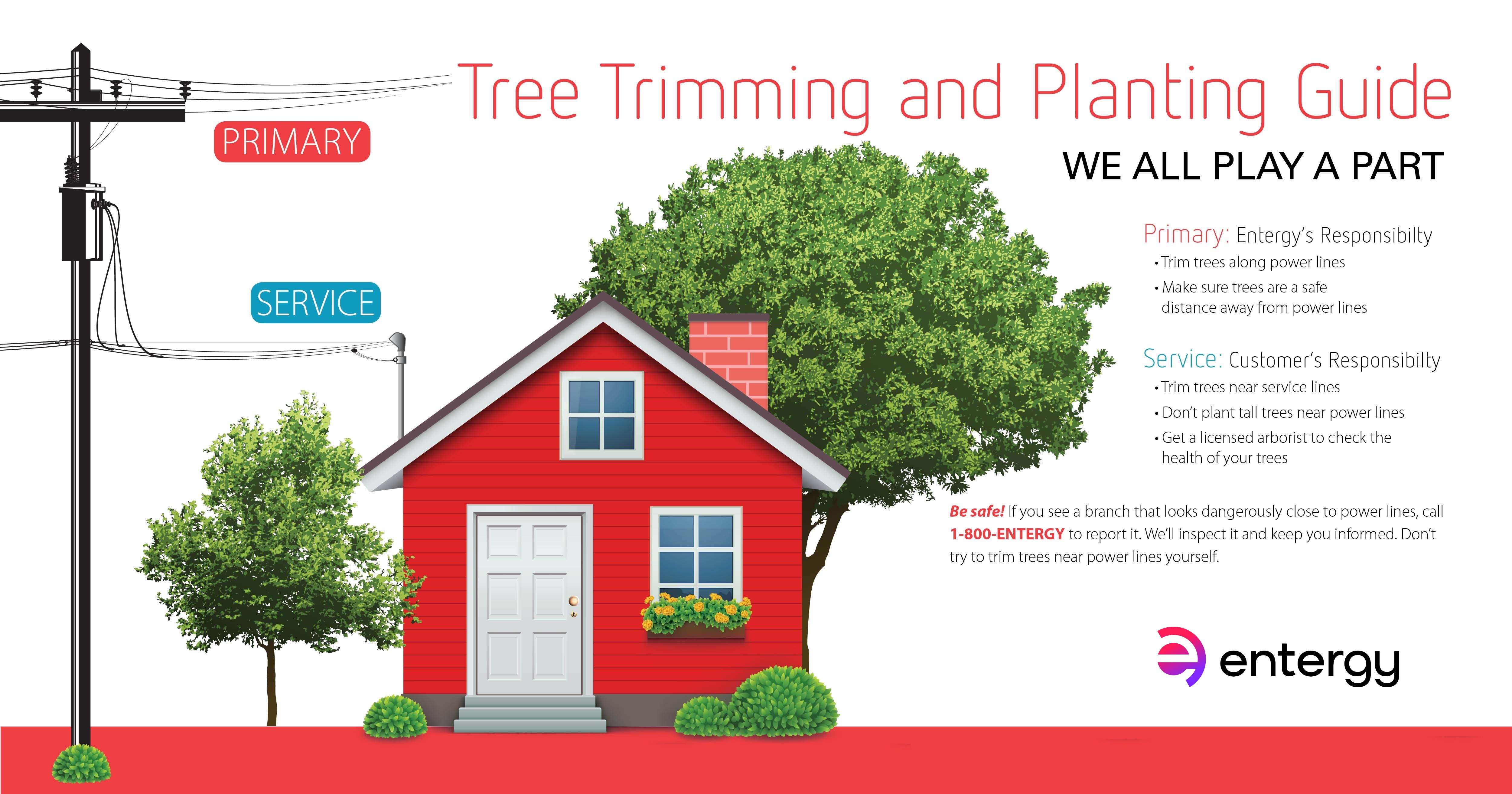Signs Showing The Need For Tree Removal: Determining Risky Trees
Signs Showing The Need For Tree Removal: Determining Risky Trees
Blog Article
Material By-Velling Emerson
When it concerns tree care, recognizing the indications that it's time for removal is important for your security and residential property. You might see stained fallen leaves, wilting branches, or weird fungal growths suggesting health problems. Architectural problems, like a substantial lean or splits in the trunk, can also position risks. Recognizing these warning signs can assist you make informed decisions about your trees and avoid potential dangers lurking in your yard. What should you try to find next?
Indications of Decay and Illness
When you see indications of decay and disease in your trees, it's essential to act swiftly. Try to find tarnished fallen leaves, wilting branches, or unusual developments like fungi. These can indicate that your tree is battling.
If you see splits in the bark or soft, mushy timber, these symptoms recommend interior degeneration. Additionally, an abrupt increase in parasites around your tree can signal that it's deteriorated and susceptible.
Check for any type of dead or passing away arm or legs, as they posture a threat to your residential property and security. If you're uncertain concerning what you see, consulting an arborist can provide clearness.
Attending to these indications early can save you from extra considerable damage and make certain the health and wellness of your backyard. Removing Tree Roots Without Killing The Tree wait up until it's too late.
Structural Instability and Leaning
As you observe your trees, watch out for any kind of indications of architectural instability or leaning. If a tree leans significantly, it might indicate that the root system is jeopardized.
Search for any kind of fractures in the trunk or soil around the base; these can indicate prospective failing. Additionally, look for unusual development patterns, like an unbalanced crown, which might suggest that the tree is having a hard time to hold itself upright.
If you notice that the tree leans toward your home, high-voltage line, or various other frameworks, it positions a greater risk. Do not disregard these indications-- consult an arborist to analyze the circumstance.
Doing something about it early can protect against pricey damages and ensure your security.
Dead or Dying Branches and Foliage
If you see dead or dying branches and vegetation on your tree, it's a clear indication that something's incorrect.
These unhealthy areas can show underlying concerns like illness, parasite problems, or ecological anxiety. When branches lose their fallen leaves or transform brownish, they're no longer contributing to the tree's health. Disregarding these signs could result in additional decline, making your tree more dangerous.
Dead branches can conveniently break off throughout storms, posturing a threat to home and individuals nearby. It's essential to assess the level of the damages.
If the trouble influences a substantial part of the tree, take into consideration getting in touch with an expert. They can help establish if removal is needed to guarantee safety and security and maintain the beauty of your landscape.
Conclusion
If you observe any indicators of degeneration, architectural instability, or dead branches on your trees, do not neglect them. These signs can position major security risks to you and your residential property. It's always best to get in touch with a specialist arborist that can give a specialist assessment of your trees. Taking action early can avoid accidents and pricey damages, guaranteeing your landscape remains secure and healthy. Keep in mind, it's far better to be proactive about tree treatment than to wait on a disaster to occur.
